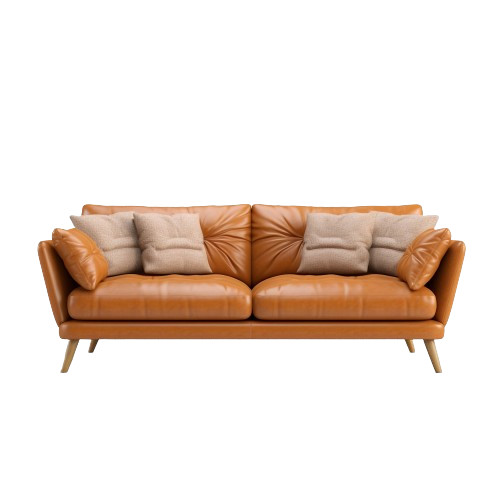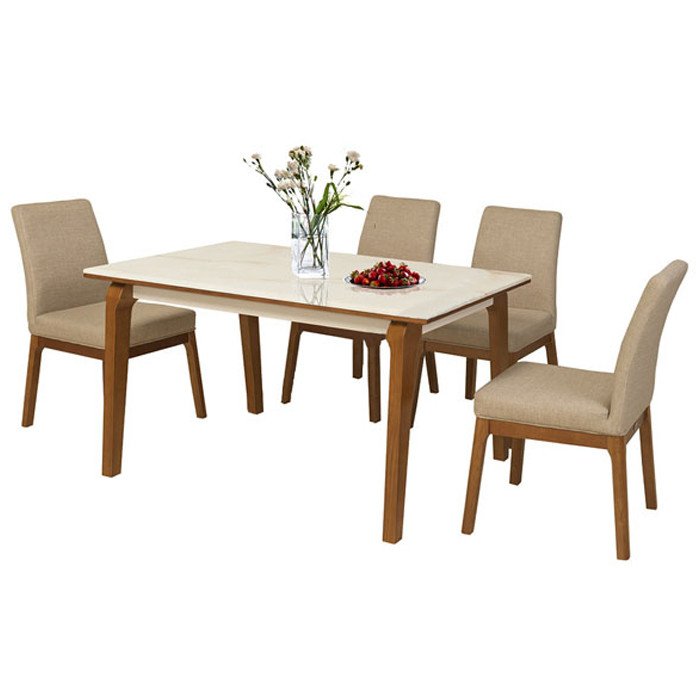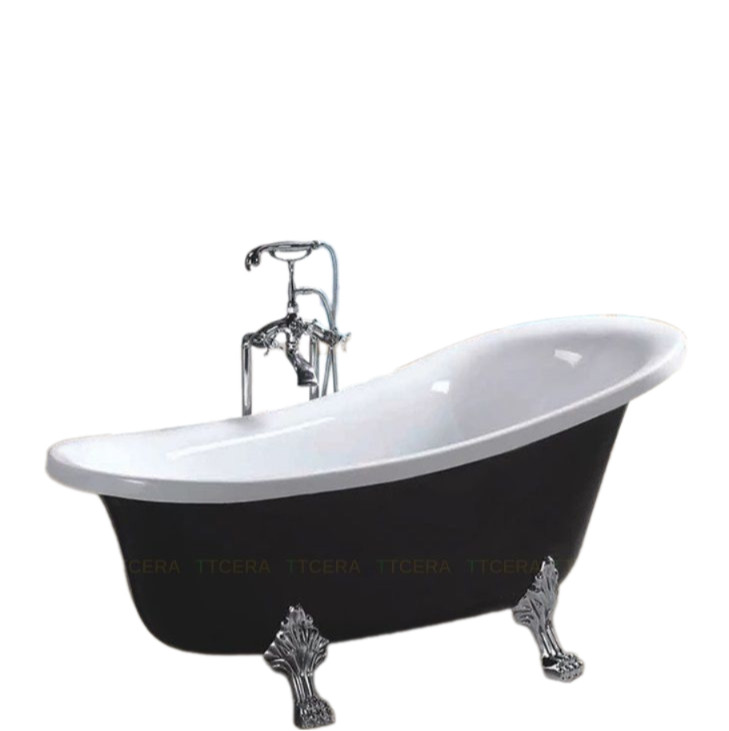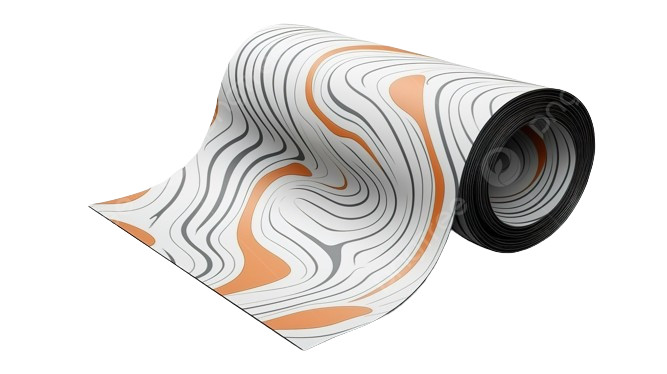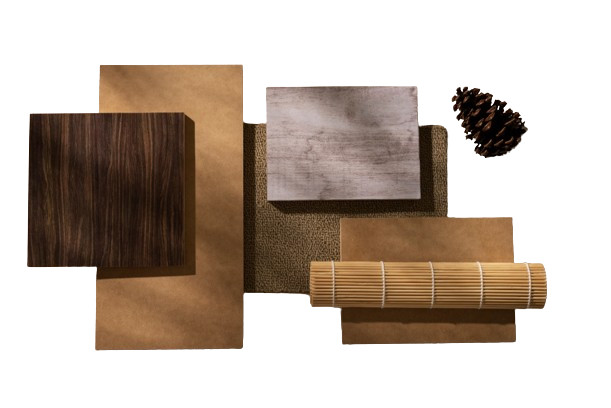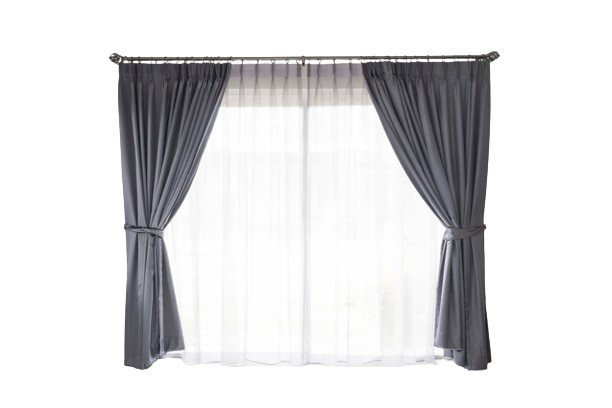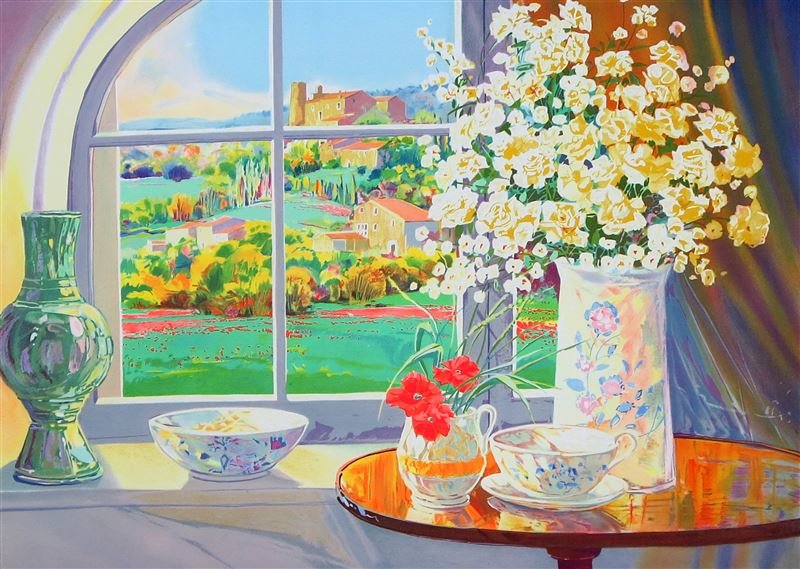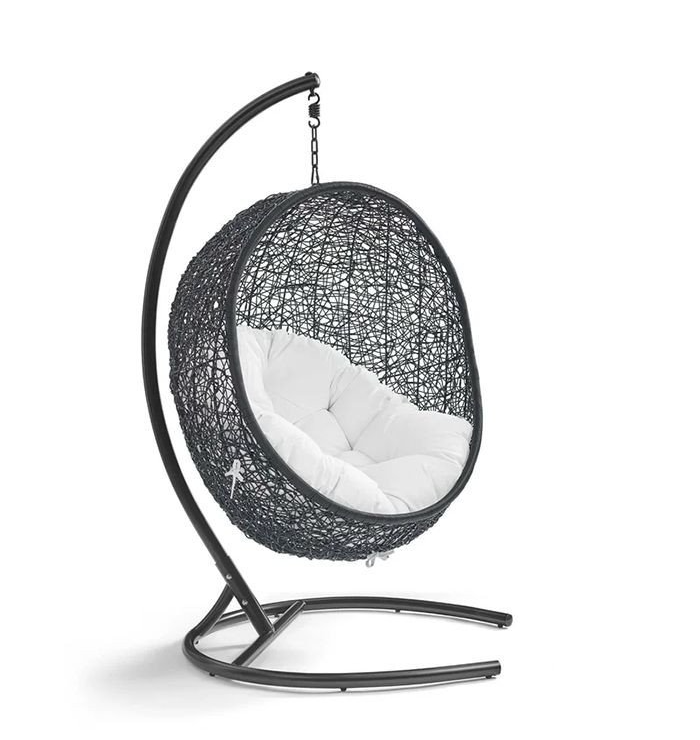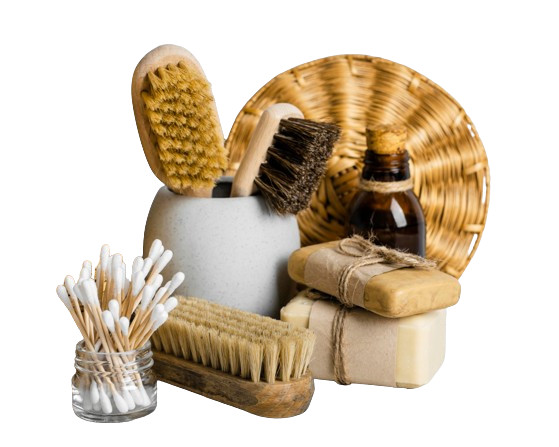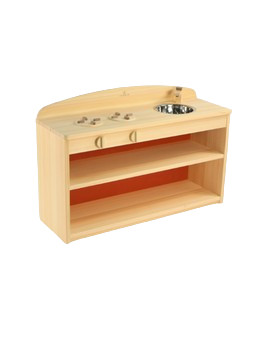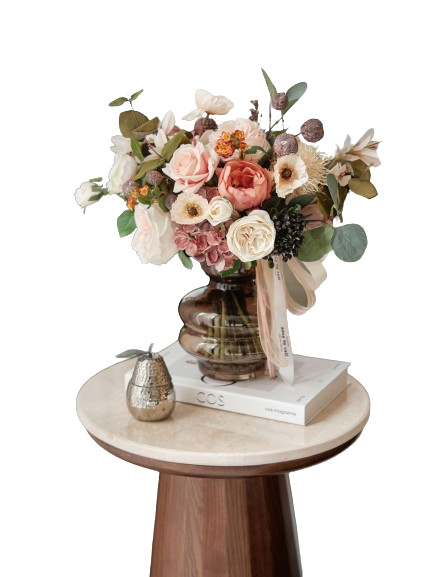JAPANESE TRADITIONAL CRAFTS
In Japan, many daily necessities which are made by using traditional manufacturing methods and raw materials that have been nurtured and inherited through history and climate. Please try incorporating traditional Japanese crafts into your daily life.
Edo Karakami
EDO Karakami (Decorative Papers)
Location: Tokyo
History: during the Heian era (794-1185)
Edo decorative paper is used mainly for traditional Japanese sliding doors and folding screens. The designs reflect Edo-era culture and daily life as well as scenes of nature.
History: during the Heian era (794-1185)
Edo decorative paper is used mainly for traditional Japanese sliding doors and folding screens. The designs reflect Edo-era culture and daily life as well as scenes of nature.
Marugame round paper fan
MARUGAME Uchiwa (Fans)
Location: Kagawa
History: during the 18th century
Marugame uchiwa fans are characterized by their construction from a single piece of bamboo, which is fashioned into both the ribs and the handle.
History: during the 18th century
Marugame uchiwa fans are characterized by their construction from a single piece of bamboo, which is fashioned into both the ribs and the handle.
EDO MOKUHANGA Woodblock Prints
EDO Mokuhanga (Woodblock Prints)
Location: Tokyo
History: the Edo era (1600-1868)
Edo woodblock prints traditionally reflected the lives and dreams of everyday people from the Edo era. Because one set of woodblocks can produce several hundred copies, a characteristic of this art form is its capacity for small-scale mass production.
History: the Edo era (1600-1868)
Edo woodblock prints traditionally reflected the lives and dreams of everyday people from the Edo era. Because one set of woodblocks can produce several hundred copies, a characteristic of this art form is its capacity for small-scale mass production.
Owari Cloisonne
OWARI Shippo (Cloisonné)
Location: Aichi
History: the Edo era (1600-1868)
When most people think of kiln-fired crafts, pottery may be the only thing that comes to mind. However, cloisonné, which has a metal framework covered with an enamel glaze, is also fired in a kiln.
History: the Edo era (1600-1868)
When most people think of kiln-fired crafts, pottery may be the only thing that comes to mind. However, cloisonné, which has a metal framework covered with an enamel glaze, is also fired in a kiln.
Kijoka Banana fiber Cloth
KIJOKA no Bashofu (Banana Fiber Textiles)
Location: Okinawa
History: around the 13th century
Bashofu is a traditional Okinawan clothing made from fibers stripped from the itobasho plant (musa liukiuensis). It was popular for summer clothing during the Edo ra.
History: around the 13th century
Bashofu is a traditional Okinawan clothing made from fibers stripped from the itobasho plant (musa liukiuensis). It was popular for summer clothing during the Edo ra.
Kyo-kanoko tie-dyeing
KYO Kanoko Shibori (Tie-dyeing)
Location: Kyoto
History: the beginning of the Edo era (1600-1868)
Shape resist tie-dyeing, or shibori, has existed for over a thousand years in Japan and was used for the patterns on court dress. It is known as kanoko shibori, or literally "fawn spot” tie-dyeing because of its resemblance to the spots on a young fawn.
History: the beginning of the Edo era (1600-1868)
Shape resist tie-dyeing, or shibori, has existed for over a thousand years in Japan and was used for the patterns on court dress. It is known as kanoko shibori, or literally "fawn spot” tie-dyeing because of its resemblance to the spots on a young fawn.
NAGOYA-KUROMONTSUKI-ZOME(DYEING)
NAGOYA Kuro Montsuki Zome (Black Dyeing)
Location: Aichi
History: the beginning of the 17th century
Cloth imprinted with family crests are dyed using a technique unique to Nagoya called mon’ate amitsuke, which has a long dyeing time resulting in a deep black color.
History: the beginning of the 17th century
Cloth imprinted with family crests are dyed using a technique unique to Nagoya called mon’ate amitsuke, which has a long dyeing time resulting in a deep black color.
mino washi paper
MINO Washi (Papers)
Location: Gifu
History: the Nara era (710-794)
Mino washi paper is made using the nagashi-zuki technique, which produces an even paper surface with well-knit fibers.
History: the Nara era (710-794)
Mino washi paper is made using the nagashi-zuki technique, which produces an even paper surface with well-knit fibers.
Osaka Kongou Sudare
OSAKA Kongo Sudare (Bamboo Blinds)
Location: Osaka
History: before the Heian era (794-1185)
These elegant and refined bamboo blinds, which take advantage of bamboo’s natural qualities, can be used as indoor partitions or sunshades and possess a typically subtle Japanese beauty.
History: before the Heian era (794-1185)
These elegant and refined bamboo blinds, which take advantage of bamboo’s natural qualities, can be used as indoor partitions or sunshades and possess a typically subtle Japanese beauty.
MATSUMOTO-FURNITURE
MATSUMOTO Kagu (Furniture)
Location: Nagano
History: the latter half of the 16th century
Matsumoto furniture is assembled from solid wood using traditional methods with the greatest of skill and care.
History: the latter half of the 16th century
Matsumoto furniture is assembled from solid wood using traditional methods with the greatest of skill and care.
kyo-sahimono joinery
KYO Sashimono (Joinery)
Location: Kyoto
History: the Heian era (794-1185)
A key feature of Kyoto joinery is the special finish of the wooden base that brings out the natural beauty of the woodgrain.
History: the Heian era (794-1185)
A key feature of Kyoto joinery is the special finish of the wooden base that brings out the natural beauty of the woodgrain.
Tsugaru Lacquerware
TSUGARU Nuri (Lacquerware)
Location: Aomori
History: the beginning of the 17th century
Similar products made by machine invariably lack the charm and warmth of this traditional lacquerware, which is produced using a number of distinctive techniques.
History: the beginning of the 17th century
Similar products made by machine invariably lack the charm and warmth of this traditional lacquerware, which is produced using a number of distinctive techniques.


